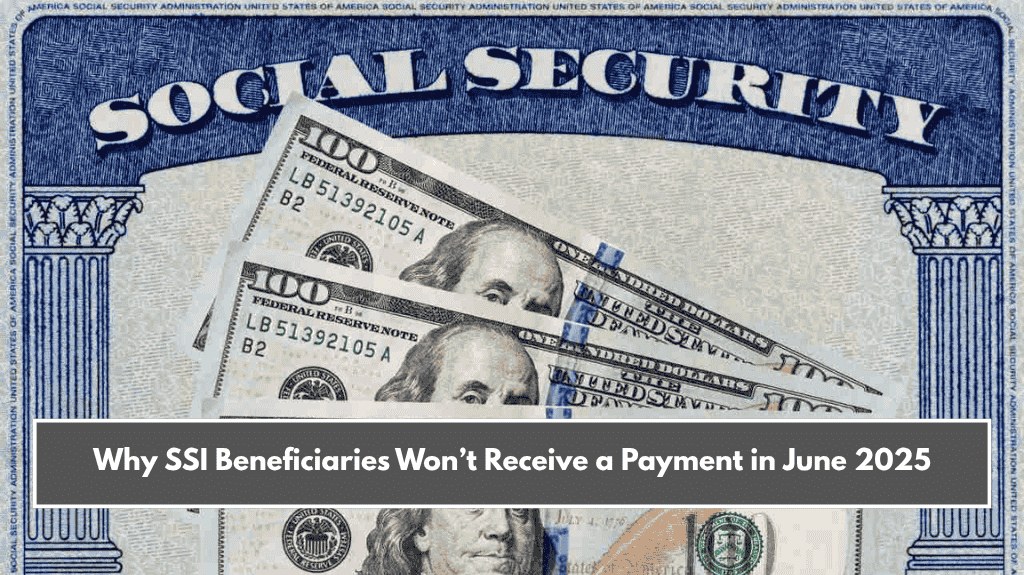Millions of Americans turning 65 in 2025 may have to delay their retirement plans if they want to receive full Social Security benefits. This is because the full retirement age (FRA) for people born in 1960 has now shifted to 67 years. This change is part of a slow increase in the retirement age that started back in 1983.
If you were planning to retire in 2025, here’s everything you need to know about this important update.
What Is Full Retirement Age and Why Did It Change?
The full retirement age is the age at which a person can claim 100% of their Social Security retirement benefits. If you retire earlier than this age, your monthly payments are reduced.
In the past, the full retirement age was 65 years. But due to changes made in 1983, the U.S. government began slowly increasing it to 67, to help support the financial future of the Social Security program.
Now in 2025, this increase has fully reached people born in 1960. That means if you were born in 1960, you’ll turn 65 in 2025 but won’t get full benefits until you turn 67 in 2027.
Full Retirement Age by Birth Year
The chart below lists the full retirement age by year of birth

For most Americans, this new rule is likely to make their life tough. Nearly 4 million Americans are expected to reach the age of 65 by 2025.
Social Security actuaries predict a retirement benefits shortfall, with the trust fund potentially depleted by 2033, limiting the system’s ability to cover 77% of scheduled benefits, according to a 2024 report.
Can You Retire Earlier?
Yes, you can still start receiving Social Security as early as 62, but the amount you get will be lower. For example, if your full benefit is $1,000 a month at 67, claiming at 62 could reduce it to just $700 a month—a 30% cut.
Is There a Benefit in Delaying Retirement?
If you wait until age 70 to claim your benefits, you can actually get more money. That same $1,000 could grow to $1,240 per month. This is a 24% increase just for waiting three more years after your full retirement age.
This strategy is helpful if you’re healthy, still working, and don’t need the money immediately.
Millions Turning 65 in 2025
Around 4 million Americans will turn 65 in 2025. Many of them might expect to retire then, but due to this rule, they may have to wait until 67 to receive full benefits. This change may lead people to adjust their financial plans and delay retirement.
Social Security’s Financial Future
There’s another concern: Social Security’s trust fund may run low by 2033, according to a 2024 report. If that happens, the system might only be able to pay about 77% of the benefits people are expecting.
This makes it even more important to plan ahead and not rely only on Social Security for retirement income.
How Much Will Social Security Cover?
Social Security is meant to replace part of your pre-retirement income. Depending on how much you earned before retirement:
- Low earners may get about 78% replaced.
- Middle earners may get around 42%.
- High earners may get only 28%.
If you retire early, these numbers will be even lower. If you retire after your full retirement age, they will go a bit higher.
What Should You Do?
Financial experts suggest that you will need around 80% of your pre-retirement income to live comfortably. Social Security alone may not be enough, so it’s smart to have personal savings, investments, and retirement funds as backup.
The decision of when to retire is very personal. You should think about your health, job status, savings, and how much monthly income you will need.















